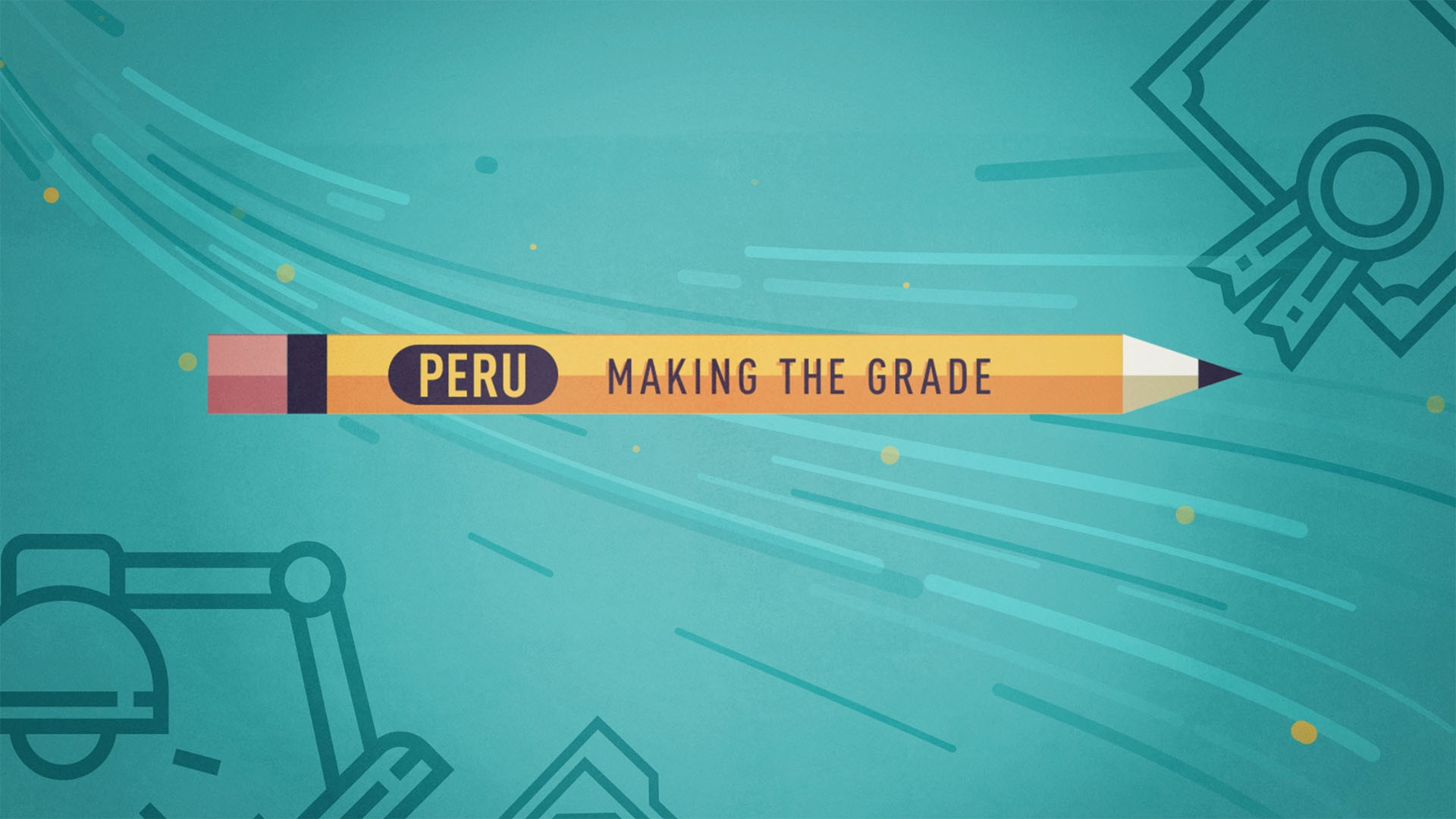Part of the CGTN series Education in Peru: Making the grade.
Today’s young Latin Americans are the first, who are more likely to grow up in the middle class than in poverty. They have high expectations for what they hope to achieve and whom they want to be But are their expectations realistic?
CGTN’s Dan Collyns reports.
For more than a decade, Peru has been the rising star in Latin America. The economy boomed and poverty was slashed. The Andean country where most people were poor appeared to be undergoing a transformation.
But not everything in the country has advanced as fast as its economic growth.
Public sector workers still fight to get paid a decent wage and teachers were the last to strike, demanding better pay. Peru’s education system was already in trouble. Teachers walked out of classrooms and took to the streets across the country. School children missed two months of classes now they’re trying to catch-up.
In 2014, Peru ranked last in the International Student Proficiency Assessment or PISA. One year later, it was the most improved performer in South America.
Progress is being made but teachers say the reforms don’t go far enough.
“Peru is one of the countries in which teachers are the most poorly paid and have the least recognition for their work. We believe this has to change. We’ve had to strike to improve this situation. It has to improve so that we can have the financial stability to be able to give our all to our students,” Reiner Guadalupe a math teacher said.
Many teachers have a second job to supplement their low wages, even though they’ve now been boosted to around six hundred dollars a month.
One economist said Peru’s GDP investment in education falls short:
“We invest 3.8 percent of our GDP in education. That’s low, that’s very low. Our peers will invest between 5 and 7 percent of their GDP in education. We invest $1200 per student per year that’s also low compared to what Mexico invests. Mexico will invest $2400 per student per year. Chile invests three times what we do. So our investments are clearly lagging behind. How much I don’t exactly know and how much is it possible is an important question as well,” Hugo Nopo the chief investigator for Peru’s Development Analysis Group said.
While improving pay will help improve the quality of teaching, it might not get to the root of the problem. Teachers may be undervalued but often they don’t meet the qualifications for the job.
High in Peru’s central Andes, the Jose Santos Chocano secondary school, serves the small town of Yauli. With less than 170 children in the entire school, teachers can focus more on students’ progress. The school has up to date facilities, attendance is high and pupils are generally motivated; some excel.
Even so, these kids are not just catching-up with missed classes after the teachers’ strike. Some have also missed out on chunks of their early education.
For Constanze Salazar, who is teaching science as part of a young leaders’ program aimed at improving Peru’s education, there’s a big gap:
“The gap is big. You feel the gap teaching a normal class session especially in terms of the children’s understanding. I am making every effort for them to understand me but if you don’t link a theory or concept to something physical, they simply don’t understand you,” Constanze Salazar a young leader in Ensena Peru said.
Children in rural areas often lag behind their peers in the towns and cities due to fundamental early learning gaps. Meanwhile, teachers often have to pay more than a third of their earnings on their own training.
With the best will in the world, that’s often difficult even impossible – the school’s head teacher Luis Vegarano told CGTN.
Against the odds, in this mining town, some children get onto higher education – mostly through scholarships or grants.
Overcoming a tough start in life, some of these kids have drive that would shame the most successful entrepreneurs.
Part of the CGTN series Education in Peru: Making the grade.
 CGTN America
CGTN America


